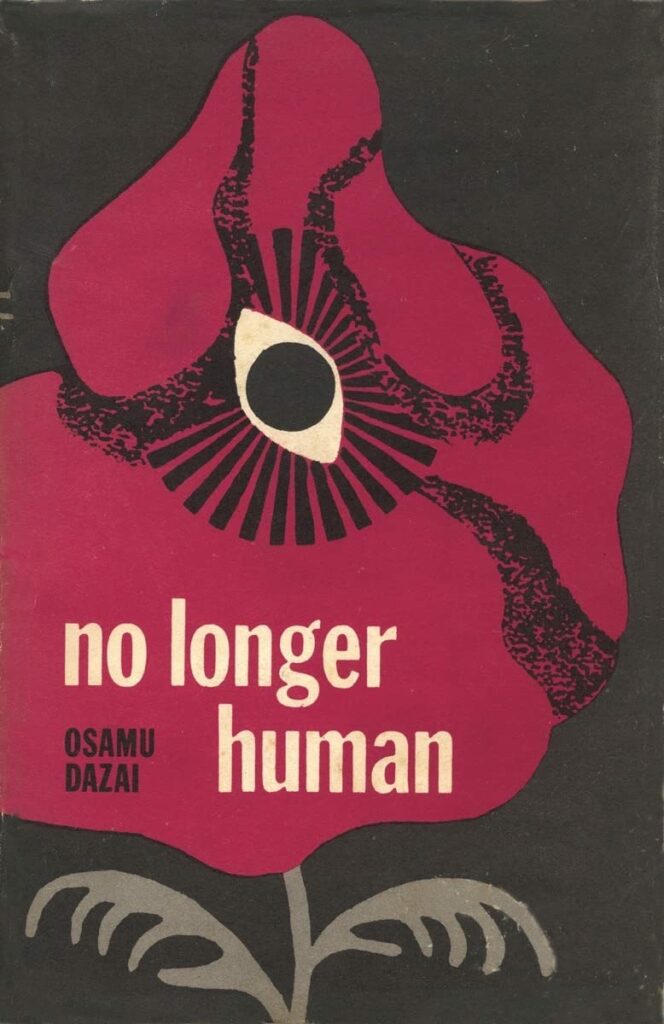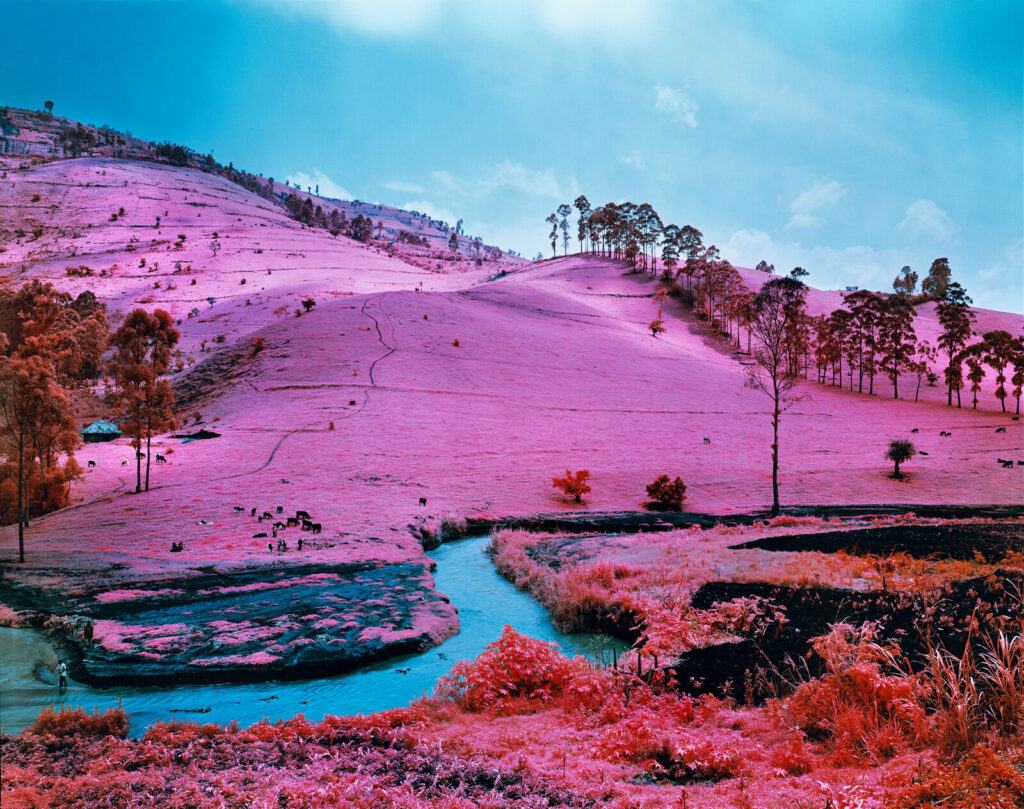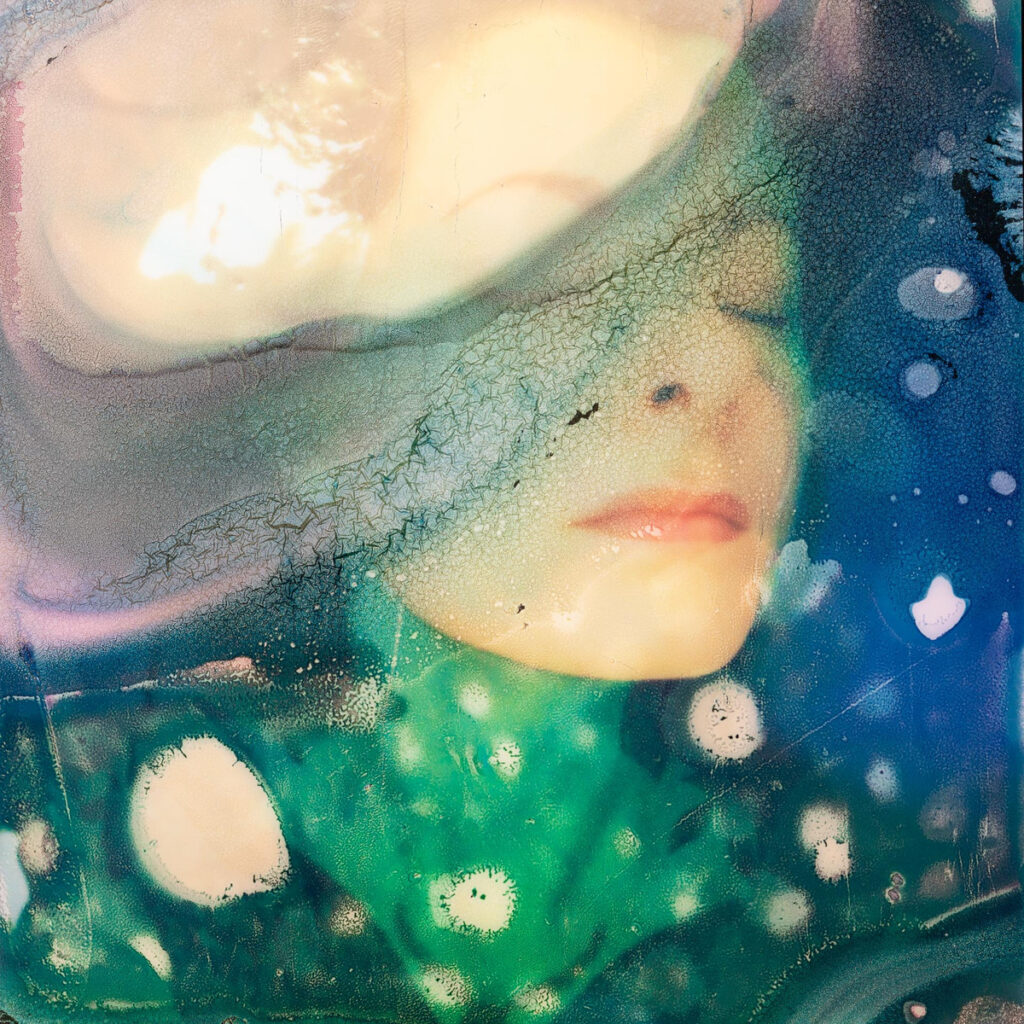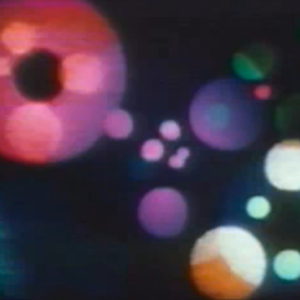
Proposal for No Longer Human series

For this project, I will explore my faith in a higher power and my disconnect from humankind following sexual trauma, inspired by personal experiences and Osamu Daza’s book, No Longer Human (Dazai, 1958). I intend to illustrate this concept by using experimental analogue techniques to map the journey to self-actualisation and a relationship to a higher power through typological shots of landscapes inspired by Bernd and Hilla Becher, mentioned in Teju Cole’s article (Cole, 2017), The Image of Time. I intend to reduce these landscapes to their most basic form and then reconstruct them into abnormal and outlandish versions to represent my neurosis of seeming abnormal in society due to the taboo nature of sexual trauma.
Bessel van der Kolk, a psychiatrist and researcher in post-traumatic stress, states that people who have experienced trauma feel chronically unsafe within themselves and their bodies; the past continues to survive internally as agonising internal discomfort (Kolk, 2015). Many people who suffer from trauma escape this internal turmoil through dissociation, a common symptom of PTSD that can leave them feeling out of place in the world.

Traversing the incongruousness that comes with surviving sexual trauma and existing in the limbo state between the past and present. I will create a series of images that illustrate overcoming this severance between the self and society by finding a connection to nature when the social aspects of our world feel alien and unsafe. Inspired by Richard Mosse’s Infra: Photographs (Mosse and Hochschild, 2012), I will illustrate this connection through vivid, saturated imagery of vast landscapes using medium format film that demonstrates this feeling of alienation from humankind. I have chosen to use the medium format as it is a slow and laborious process compared to digital, which will represent the strenuous and challenging process of recovering from trauma and learning to live in a new version of reality that looks the same but feels different and dangerous.

Further, I intend to soak the film, influenced by Zara Carpenter’s distressed polaroids (zaracarpenter.com, no date), to provide a deterioration effect that symbolises the uncontrollable anxiety of losing oneself to the anger and shame that unfortunately arises with sexual trauma. I hope to create large and encompassing photographs that represent these conflicting ideals and emotions in a harmonious, deteriorating and psychedelic manner that explores the disorienting experience of re-centring the self after trauma in a discordant world. I plan to capture a minimum of 20 landscapes for this project, but I hope to capture more photographs, possibly an extra five, so I have more options for editing and selection. Influenced by Keith Smith’s thoughts about how a book is a three-dimensional object with volume, weight and sound (Smith, 2003), I intend to use this information by having my landscapes printed on a large scale, on heavy-weight paper, so the tempo of the book is slow and considerate. Since I want the viewer to take time to contemplate the abstract images, hopefully forcing the viewer to empathise with the sensitive contextual information of how this project is centred around trauma and spirituality, creating a similar experience to mediation. The approximate timeline for this project is to capture a minimum of 10 images by week four, depending on whether I can find somewhere to develop soaked film. Then capture the other 10 images by week five as I want to take re-shoots into account for this timeline.
References:
Cole, T. (2017) ‘The Image of Time’, The New York Times, 31 January. Available at: https://www.nytimes.com/2017/01/31/magazine/the-image-of-time.html (Accessed: 17 September 2022).
Dazai, O. (1958) No Longer Human. New Directions Publishing.
Kolk, B.A.V. der (2015) The Body Keeps the Score: Brain, Mind, and Body in the Healing of Trauma. Penguin Publishing Group.
Mosse, R. and Hochschild, A. (2012) Infra: Photographs. Aperture Foundation.
Smith, K.A. (2003) Structure of the Visual Book. K. Smith Books.
zaracarpenter.com (no date) Zara Carpenter, Zara Carpenter. Available at: https://www.zaracarpenter.com/ (Accessed: 17 September 2022).


Leave a comment